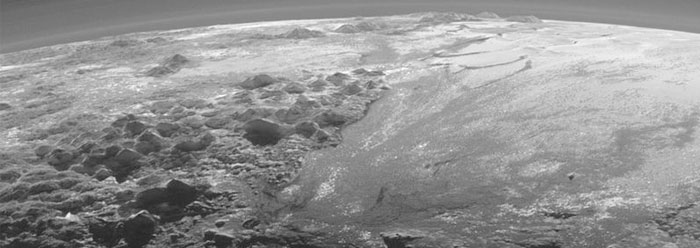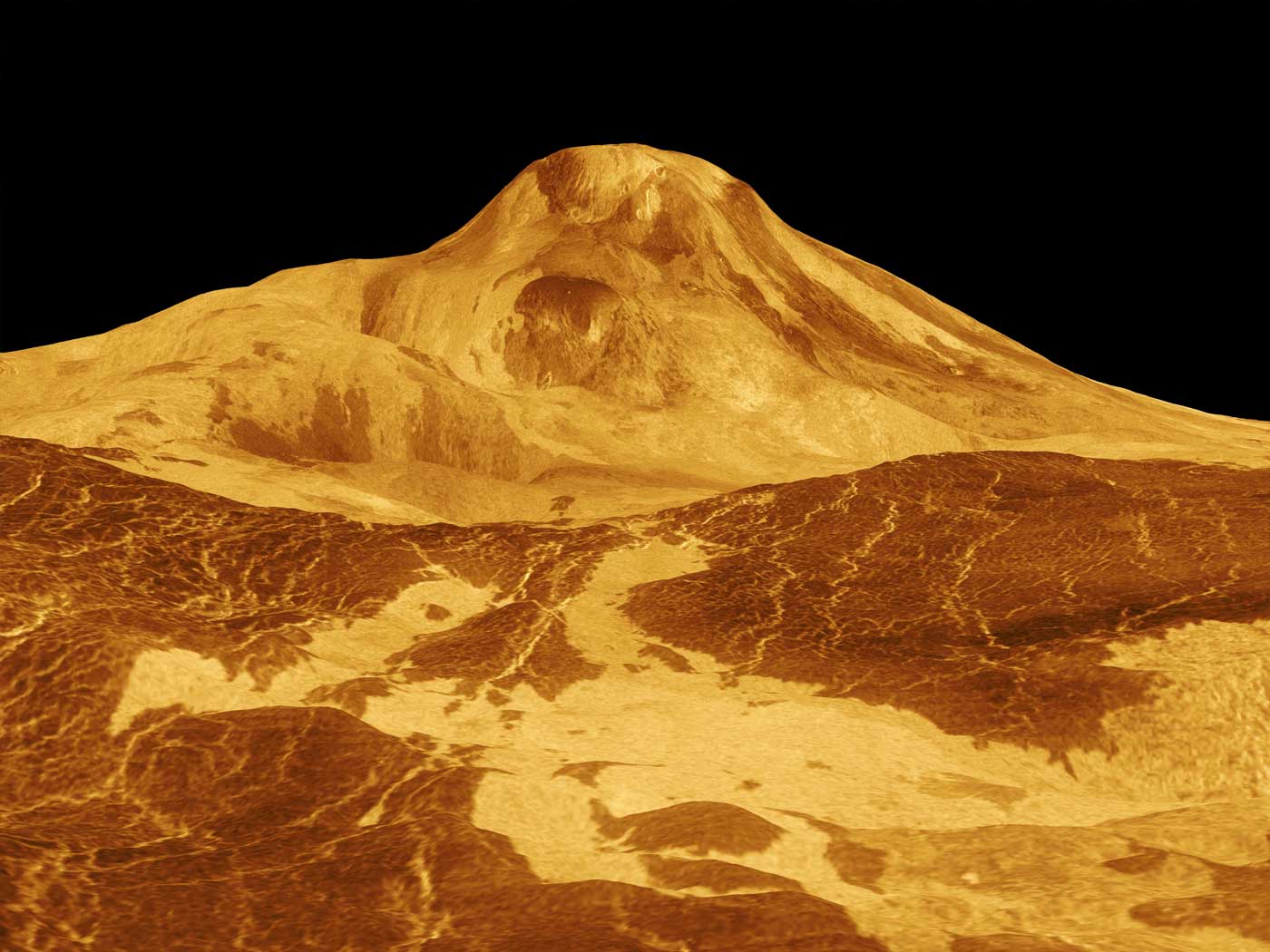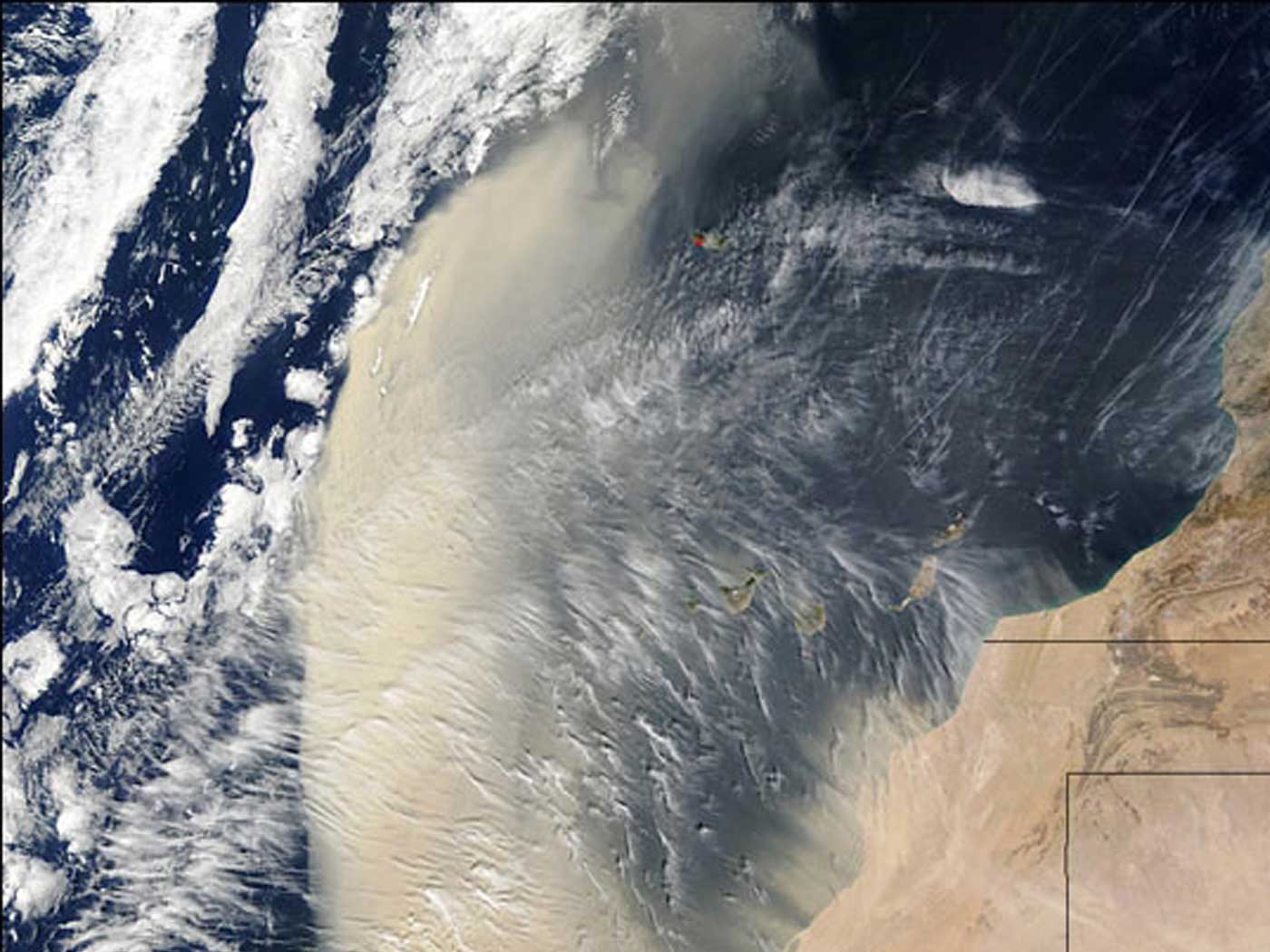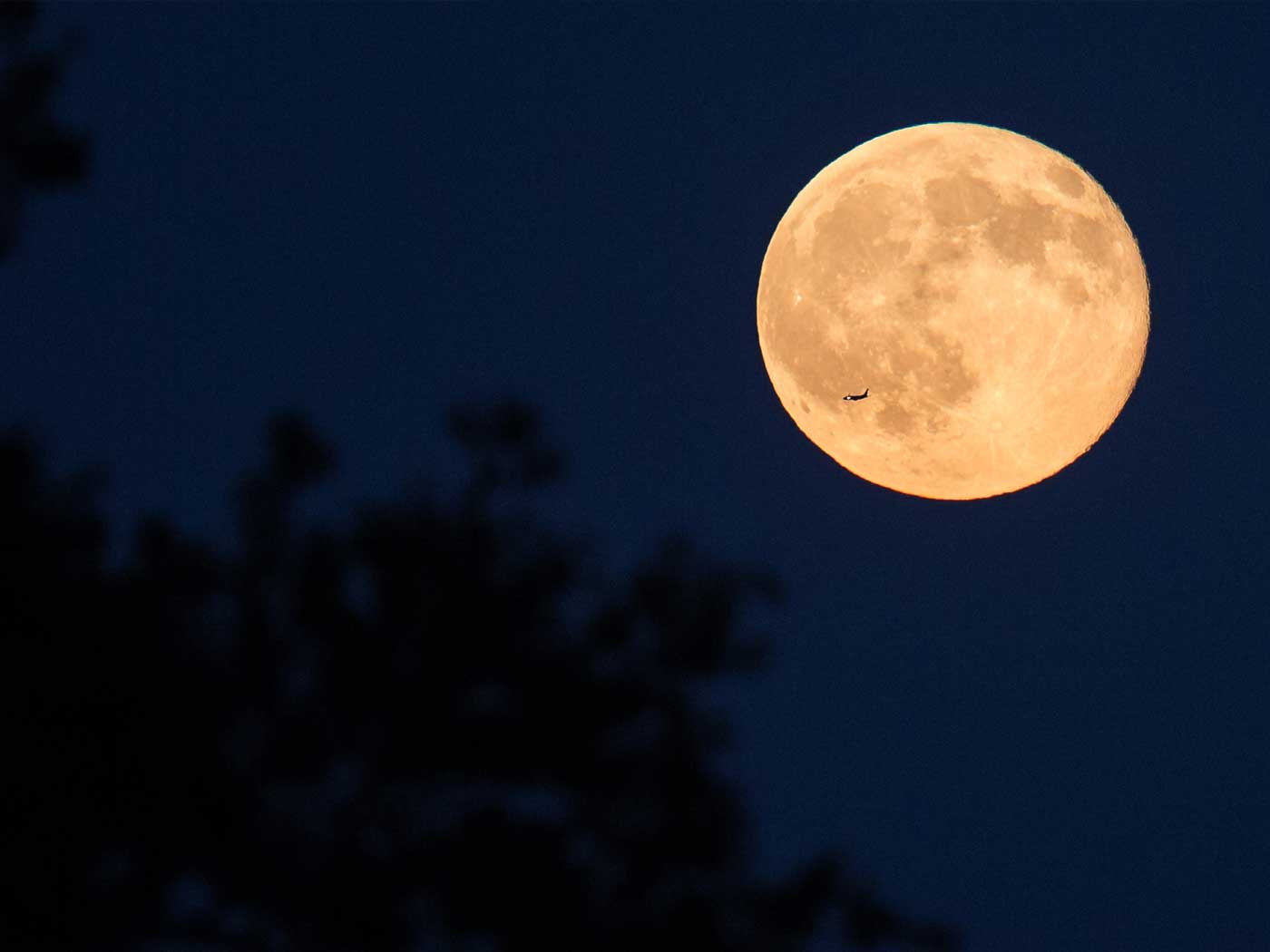Earlier this year, New Horizons flew past dwarf planet Pluto and its sister Charon, rapidly capturing data. That information continues to trickle in, revealing a surprisingly smooth heart-shaped plain called "Tombaugh Regio." The countless craters expected from billions of years' worth of impacts are nowhere to be found.
Tombaugh Regio is centered just north of Pluto's equator and contains a western lobe called "Sputnik Planum." After thorough data scouring, researchers found zero craters on Sputnik Planum.
The most obvious way to "smooth" this plain is for recent geologic activity to erase impact craters. But this clearly implies a recent and sizable output of energy from Pluto's interior. That's quite a trick for an object so far from the sun and isolated from outside gravitational pulls that might contribute to that energy. Pluto is so small and far removed from its moment of creation— supposedly over four billion years ago—that its internal heat should have vanished long ago.
"It's a huge finding that small planets can be active on a massive scale, billions of years after their creation," said Alan Stern, principal investigator behind the New Horizons spacecraft on November 9 at the American Astronomical Society's Division of Planetary Sciences meeting in National Harbor, Maryland.1
NASA released a video of New Horizons flight over the vast flatness of Sputnik Planum.2 New images and information also reveal two crater-topped mountains that appear to be ice volcanos rising several miles above Pluto's surface. Pluto's fault ridges and other signs of youth all show "seemingly young surfaces" that run "against many expectations" according to a presentation abstract from the Division of Planetary Sciences meeting in Maryland.3 All this jives with what the Institute for Creation Research suggested just before New Horizons was set to collect data from Pluto and Charon—that it would uncover more evidence of a young-looking solar system.4
Space.com wrote,
Scientists had expected that heat to be lost if Pluto was an old object. But New Horizons revealed an active surface on an old planet, and internal heating is the best current guess for what's driving that activity—even if scientists don't quite know how that heat has lasted over 4 billion years.1
Perhaps the heat has not lasted "over 4 billion years." This inferred heat presents no challenge to the idea that Pluto is young—part of a recent creation. But Stern said, "We can't appeal to a young Pluto-Charon system to explain energy sources." One wonders why not since the evidence points that direction. Does a young Pluto sound too biblical?
References
- Redd, N. T. Part of Pluto's Heart Was 'Born Yesterday.' Space.com. Posted on space.com November 11, 2015, accessed November 11, 2015.
- Art Meets Science in New Pluto Aerial Tour. Stuart Robbins, a research scientist at the Southwest Research Institute in Boulder, Colorado, stitched New Horizons spacecraft images of Pluto's surface together to craft this flyover animation.
-
Trowbridge, A. J., H. J. Melosh, and A. M. Freed. Vigorous Convection Underlies Pluto's Surface Activity. Presented at the November 2015 47th Annual Meeting, American Astronomical Society, Division of Planetary Sciences, #102.01. The abstract's opening line reads: "Against many expectations, New Horizons' images of the surface of Pluto and Charon show seemingly young surfaces." http://adsabs.harvard.edu/abs/2015DPS...
.4710201T - Hebert, J. New Horizons, Pluto, and the Age of the Solar System. Creation Science Update. Posted on icr.org July 14, 2015, accessed November 17, 2015.
Image credit: 2015 NASA. Public Domain. Adapted for use in accordance with federal copyright (fair use doctrine) law. Usage by ICR does not imply endorsement of copyright holder.
*Mr. Thomas is Science Writer at the Institute for Creation Research.
Article posted on November 23, 2015.























